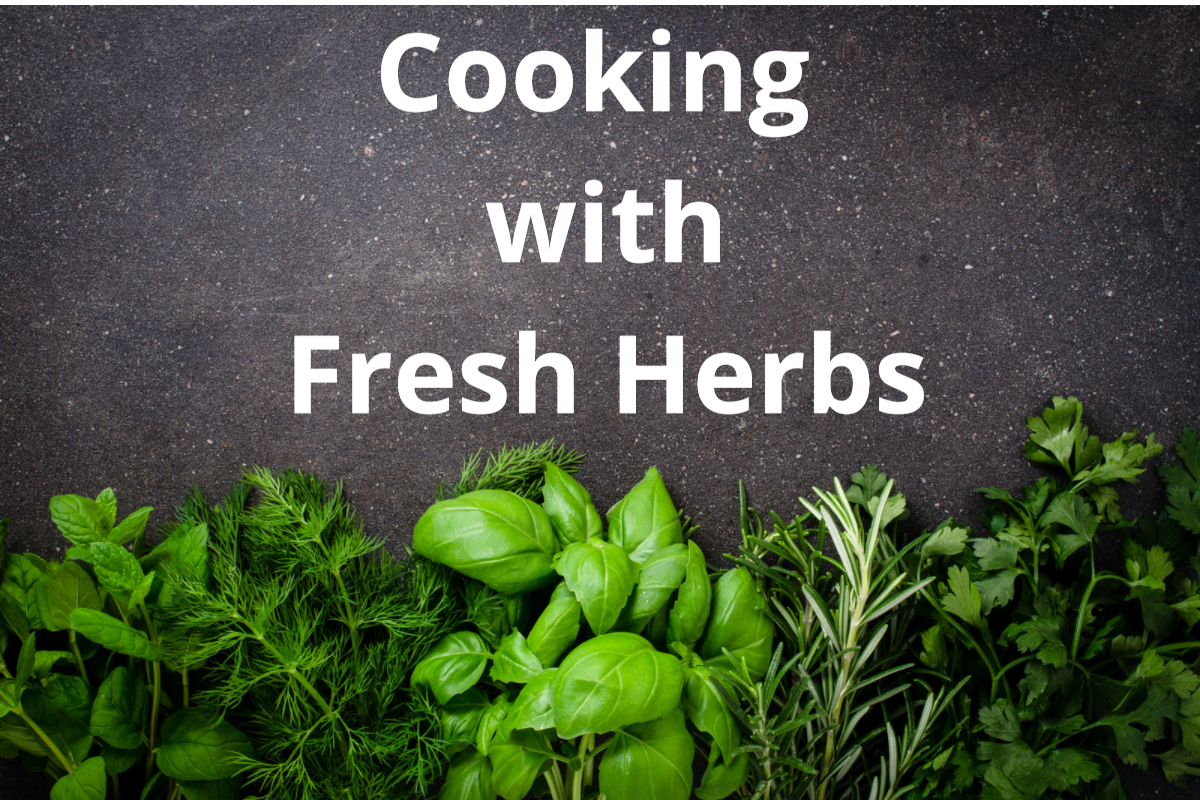
Skip the salt shaker and start adding flavor to your home cooked meals with the help of fresh herbs. Herbs are a delicious and health conscious way to add life to dull dishes, without packing on the sodium from salt. Some of the world’s most renowned chefs swear these versatile leaves are the secret to a perfect dish.
Coming in a variety of forms and flavors, herbs are sure to bring delight with every bite. Follow our guide to use more in your own kitchen. With these tips, your friends and family will think you’re a top chef!
Basil
This clover-like herb is one of the most popular in the United States. Basil comes in a variety of different forms with the most popular being sweet Italian and Thai purple. Adding basil to your dishes will give it a sweet taste with a touch of pepper. To avoid browning, add basil at the end of your cooking. Discard the stems as most of the flavors are held in the leaves. This pleasant herb is best served alongside other ingredients like grilled chicken, curry, mozzarella, and summer tomatoes.
Cilantro
Also known as the coriander leaf, cilantro is an herb that gives dishes a bright and refreshing flavor. Although American consumers can’t decide if they love it or if it tastes like soap (there is science to back this up), cilantro is a staple in Latin American and Asian cuisines. This zesty herb can be eaten raw or cooked, and is best on top of enchiladas or homemade salsa.
Parsley
Parsley is known for its versatility and is popular throughout the entire world. It has a subtle taste that is accompanied with freshness and bite. Both the leaves and stems can be used in a dish, although the leaves hold a little more flavor. Parsley is best used as a garnish for soup or to brighten up a salad. This curly leave herb pairs best with items like butter, pasta, and lemon.
Mint
Similar to basil, mint has a cool, bright flavor sure to dazzle any dish. Although most relate this herb with desserts, mint is also a key player in many savory dishes as well. For a traditional approach, add mint to a chilled fruit salad or beverage. Mint also pairs best with Mediterranean cuisine items like shrimp and feta.
Rosemary
Both tough and hardy, rosemary is a pungent herb that lends itself to full-flavored meals. The flavor profile is most abundant in the stems and can be used either fresh or dried. This stalk of flavor is best served with robust meats like lamb chops or pork tenderloin, but also works well with roasted potatoes.
Dill
A whimsical bouquet of wispy green, dill is a tangy herb that boasts earthy tones. It is best known for its addition to Scandinavian and German cooking. Dill is ideal with ingredients like yogurt, lemon, and chicken. It is also the perfect addition to any chicken or vegetable stock for more flavor.
Chives
Because of its shape and texture, chives are often confused with green grass. It is a close relative of the onion and give dishes a garlicky taste. Chives are versatile in that it has a bold, yet refined flavor. Unlike other flowering herbs, the entire plant of a chive is edible including the purple flowers that sprout in the spring. Use chives as a garnish to complete dishes like a morning omelet or atop a baked potato.
Written by BWS Dietitian-Abbey Granger, MS, RDN, LD
